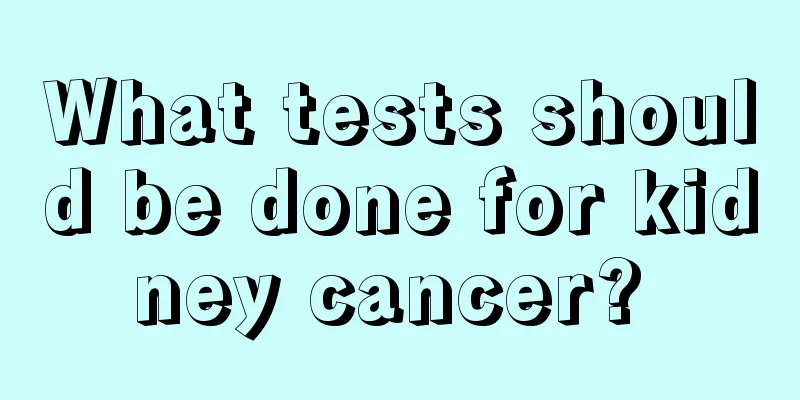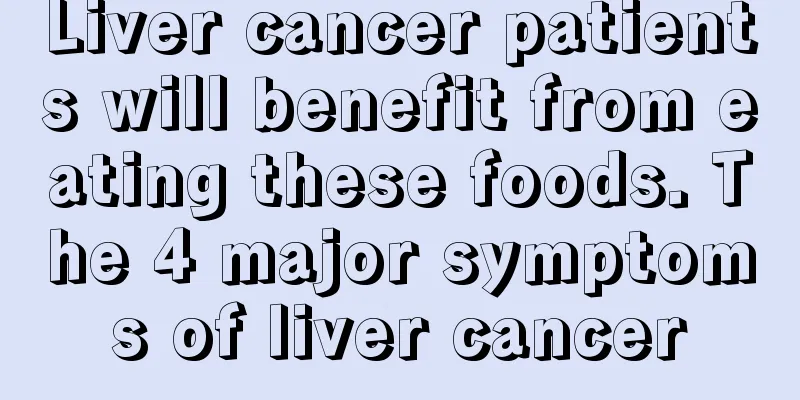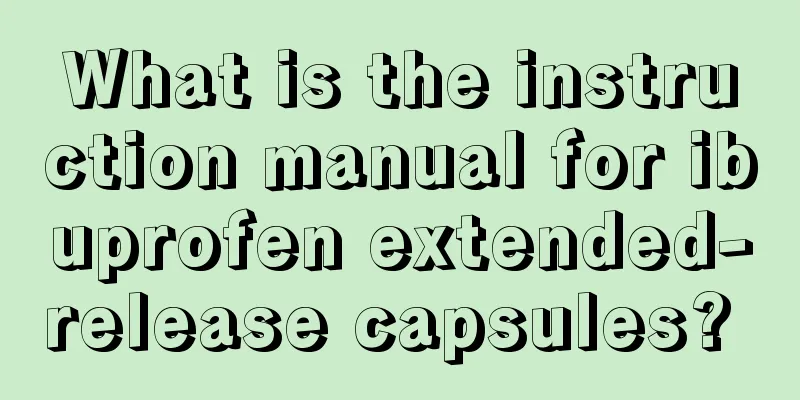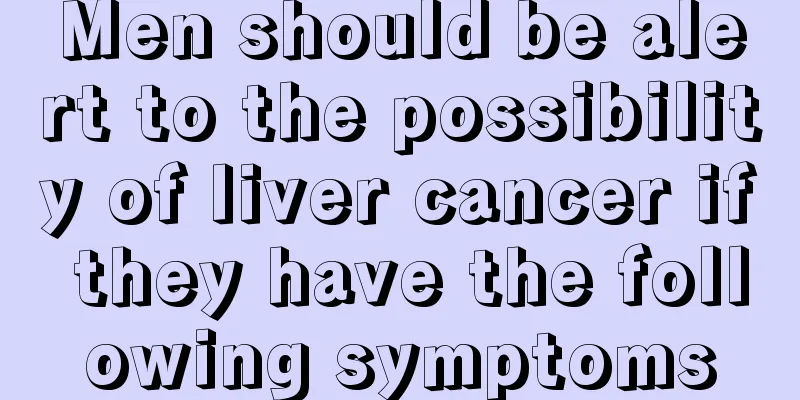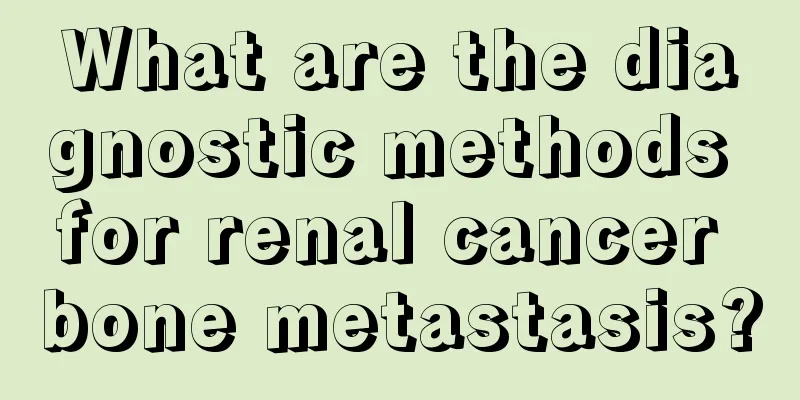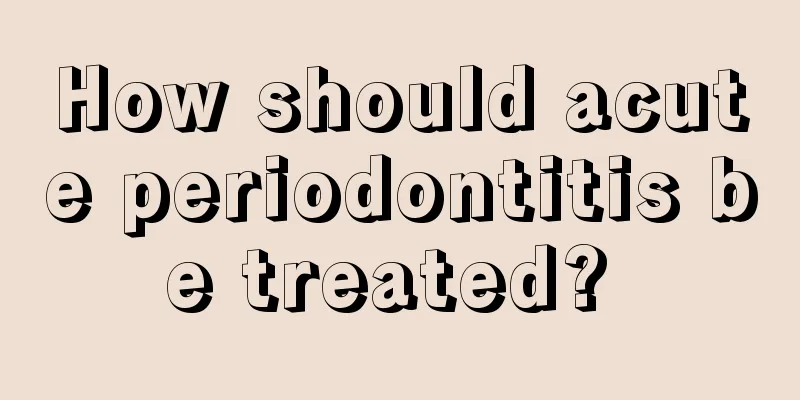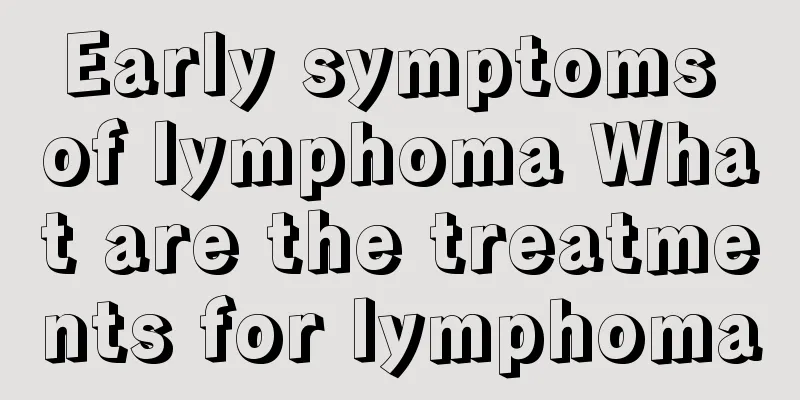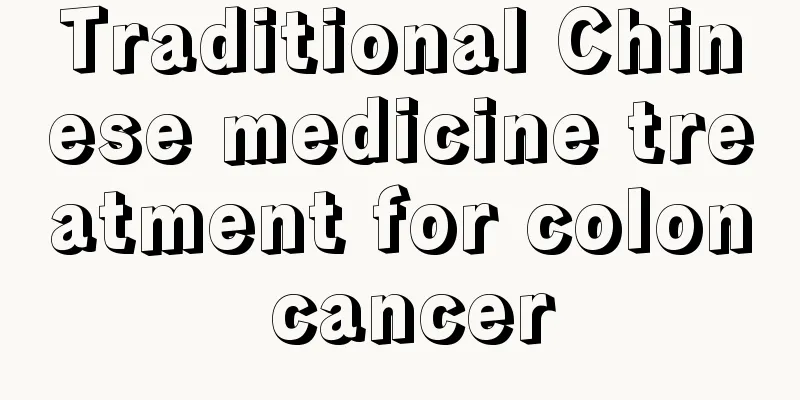The difference between cholecystitis and gastritis

|
There is a fundamental difference between cholecystitis and gastritis. These are two different diseases. Gastritis occurs in the stomach. Patients with gastritis often feel stomach pain. Cholecystitis occurs in the lower right part of the chest cavity and is an inflammation of the gallbladder. Cholecystitis can also cause pain. People with cholecystitis must avoid eating greasy food and eggs. Let me give you a detailed introduction to the specific differences between cholecystitis and gastritis. The difference is the location of the disease. Cholecystitis usually causes pain in the right upper abdomen, while gastritis causes pain under the xiphoid process. Symptoms of chronic cholecystitis: Recurrent upper abdominal pain often occurs in the right upper abdomen or upper middle abdomen, and radiates to the right subscapular area. Abdominal pain often occurs after meals but may be unrelated to diet, and the pain is often persistent. It may be accompanied by reflex nausea, rarely vomiting, fever, jaundice and other symptoms. It may be accompanied by indigestion symptoms such as acid reflux and belching, and will worsen after eating greasy food. In the event of an acute attack or when stones are impacted in the bile duct, typical symptoms of acute cholecystitis or biliary colic may occur. When questioning the patient, one should inquire about the patient's history of recurrent biliary colic, the acuteness of the onset, the location and characteristics of the pain, the radiation direction, time, and accompanying symptoms. Chronic gastritis lacks specific symptoms, and the severity of the symptoms is not consistent with the degree of gastric mucosal lesions. Most patients are often asymptomatic or have varying degrees of indigestion symptoms such as upper abdominal pain, loss of appetite, fullness after meals, acid reflux, etc. Patients with atrophic gastritis may have anemia, emaciation, glossitis, diarrhea, etc. Some patients with mucosal erosion have obvious upper abdominal pain and may have bleeding. Cholecystitis includes acute cholecystitis and chronic cholecystitis. If acute cholecystitis is not treated in time, it will become chronic. Patients with acute cholecystitis will become ill after eating greasy food because high-fat food will enhance the contraction of the gallbladder, and small gallstones can easily slide in and get stuck in the cystic duct. The patient mainly suffers from persistent pain in the right upper abdomen, which comes in waves. We know that when cholecystitis occurs, the pain can radiate to the right shoulder and back. Patients also experience nausea and vomiting and feel pain when pressing on the projection of the gallbladder. Sometimes chronic cholecystitis can cause a feeling of fullness in the upper abdomen and stomach discomfort, which needs to be differentiated from stomach disease. The location of the lesion in stomach disease is more clear, while cholecystitis is in the liver area and is more sensitive to greasy sensations. Steps/Methods : 1. The onset of cholecystitis is often related to bile stasis and bacterial infection. Escherichia coli is the main pathogen of this disease, and the bacteria enter the gallbladder from the intestine through the common bile duct. E. coli is usually caused by not paying attention to hygiene when eating and not washing the food thoroughly enough. Gastric disease mainly manifests itself in damage to the gastric mucosa. 2. The general treatment of cholecystitis requires attention to rest, eating some easily digestible liquid food, and avoiding greasy food. In addition, for spasmodic gallbladder, you can take some antispasmodic and analgesic drugs. For example, atropine or antibiotics. It is best to choose antibiotics based on the results of bacterial culture and drug sensitivity tests. In severe cases, cholecystectomy is performed. 3. The most important thing to pay attention to in the treatment of cholecystitis is diet. I remember that many friends I know with cholecystitis are afraid of eating eggs and greasy food. Therefore, patients should avoid fried foods and eggs, and eat low-fat, low-protein foods. Food should be light. Eat small meals frequently and avoid overeating. |
<<: The efficacy and function of roasted lamb kidneys
>>: How to clean nipples before breastfeeding
Recommend
What should I do if I sprain my tendon
Our hands are very easy to sprain. For example, w...
Is left back pain an early symptom of lung cancer? Detailed description of early symptoms of lung cancer
With the irregularity of people's lives and s...
How to make your face fuller
Many female friends do not pay attention to the s...
How to prevent colon cancer
Everyone should be relatively familiar with colon...
"Emotional illness" is more likely to occur in spring. M kinds of diets can prevent you from getting it
Don't let your health be hijacked by your emo...
Brief description: Two common methods of treating skin cancer
Skin cancer is a tumor disease with a very high m...
7 foods recommended for spring health care to soothe qi and nourish the liver
Spring has already arrived. Are you still worried...
What are the symptoms of lung cancer on the face?
Lung cancer patients have no special facial sympt...
What is the effect of drinking light salt water on an empty stomach in the morning?
Some people are used to drinking a glass of boile...
What is the reason for the black and purple nail on the big toe? It turns out to be like this
What causes the black and purple nail on the big ...
What are the benefits of skipping rope every day?
Now with the development of technology and the st...
Instructions for use of Chuanhuning injection
Chuanhuning injection is a drug that can treat vi...
Clinically, the symptoms of prostate cancer usually appear
Prostate cancer is a common disease in our daily ...
How to improve immunity during breastfeeding?
After a woman gives birth, it is like she has jus...
What causes blisters in the eyeballs
Eyes are very important to us and cannot be harme...
